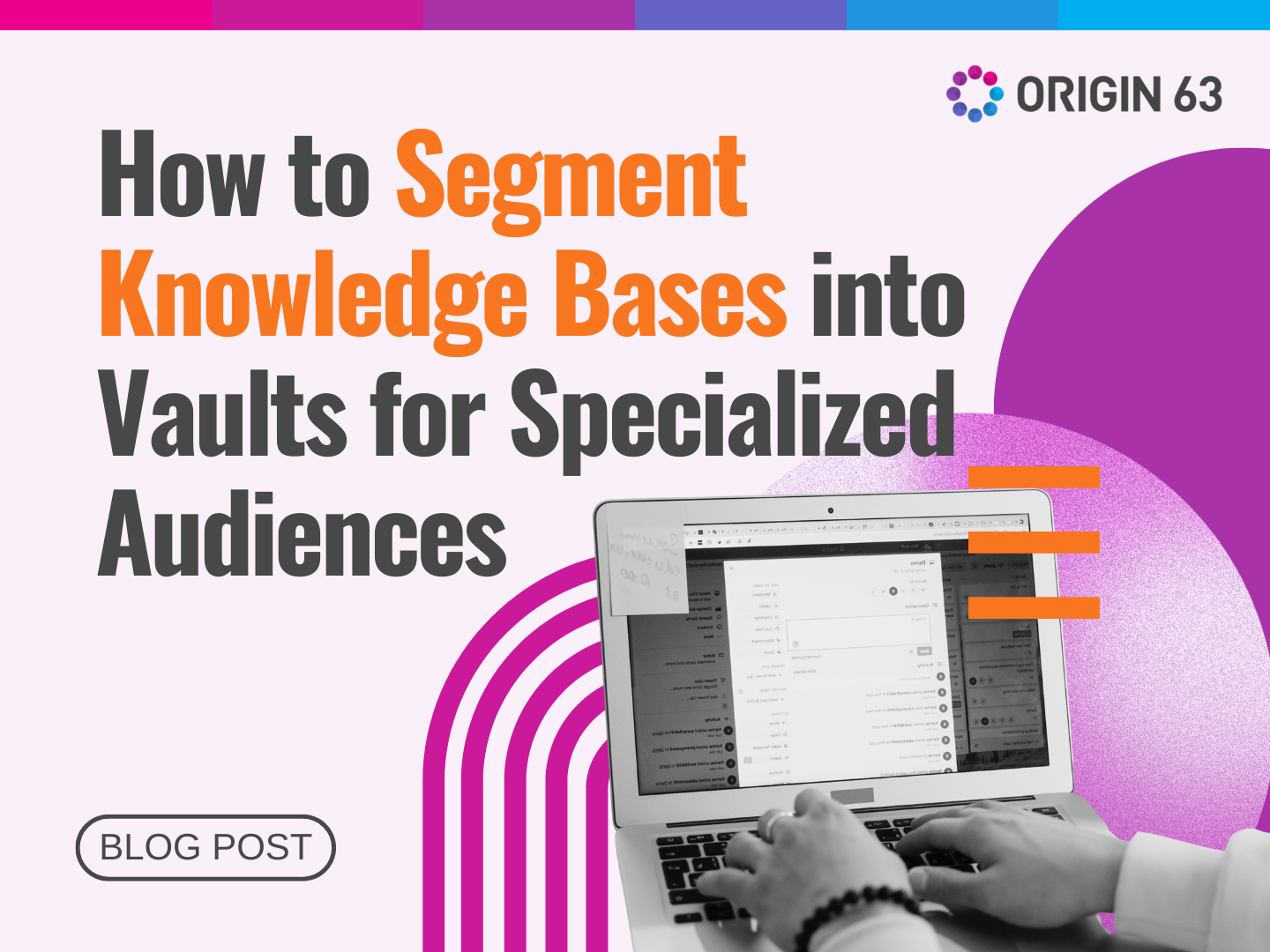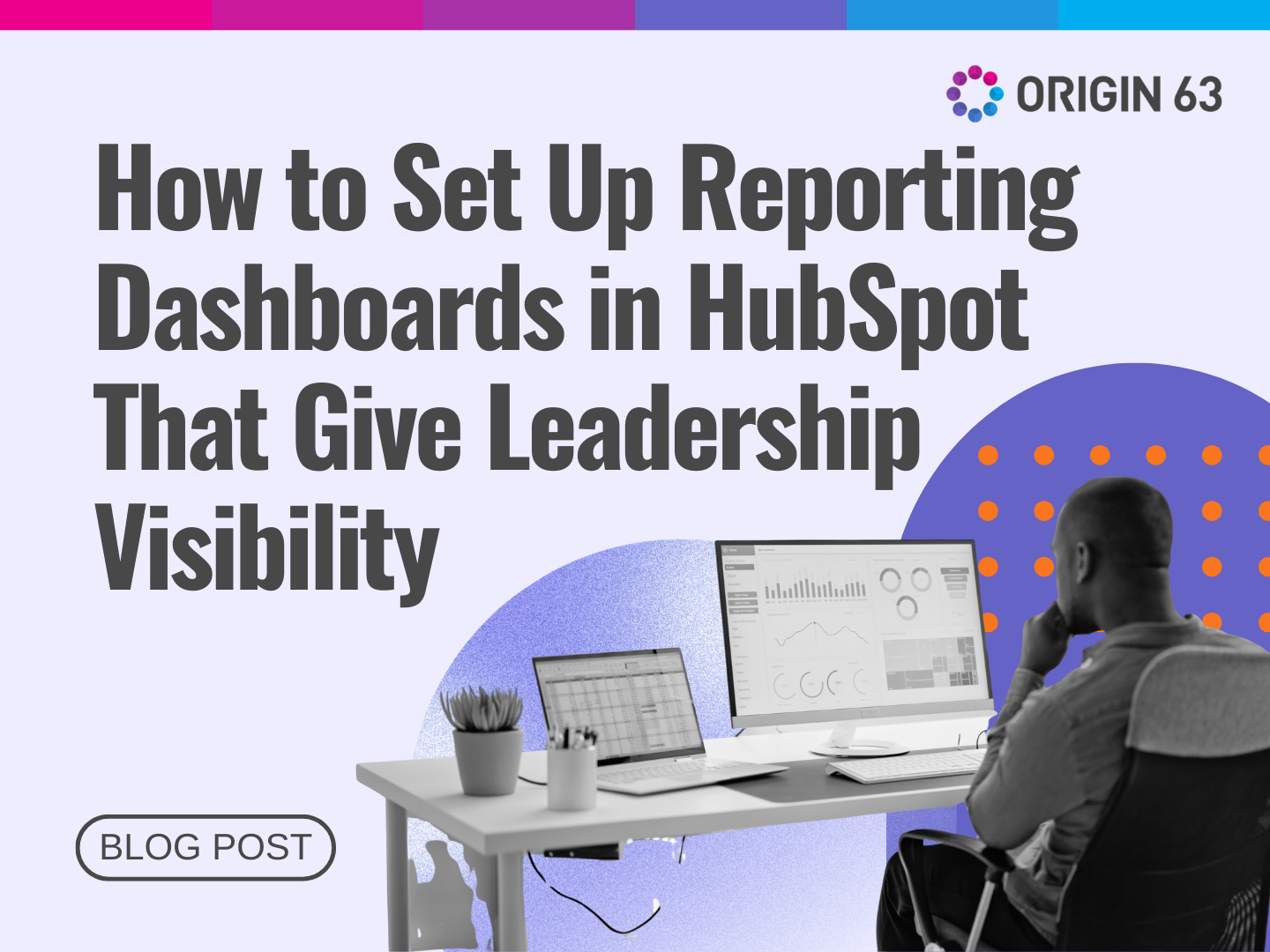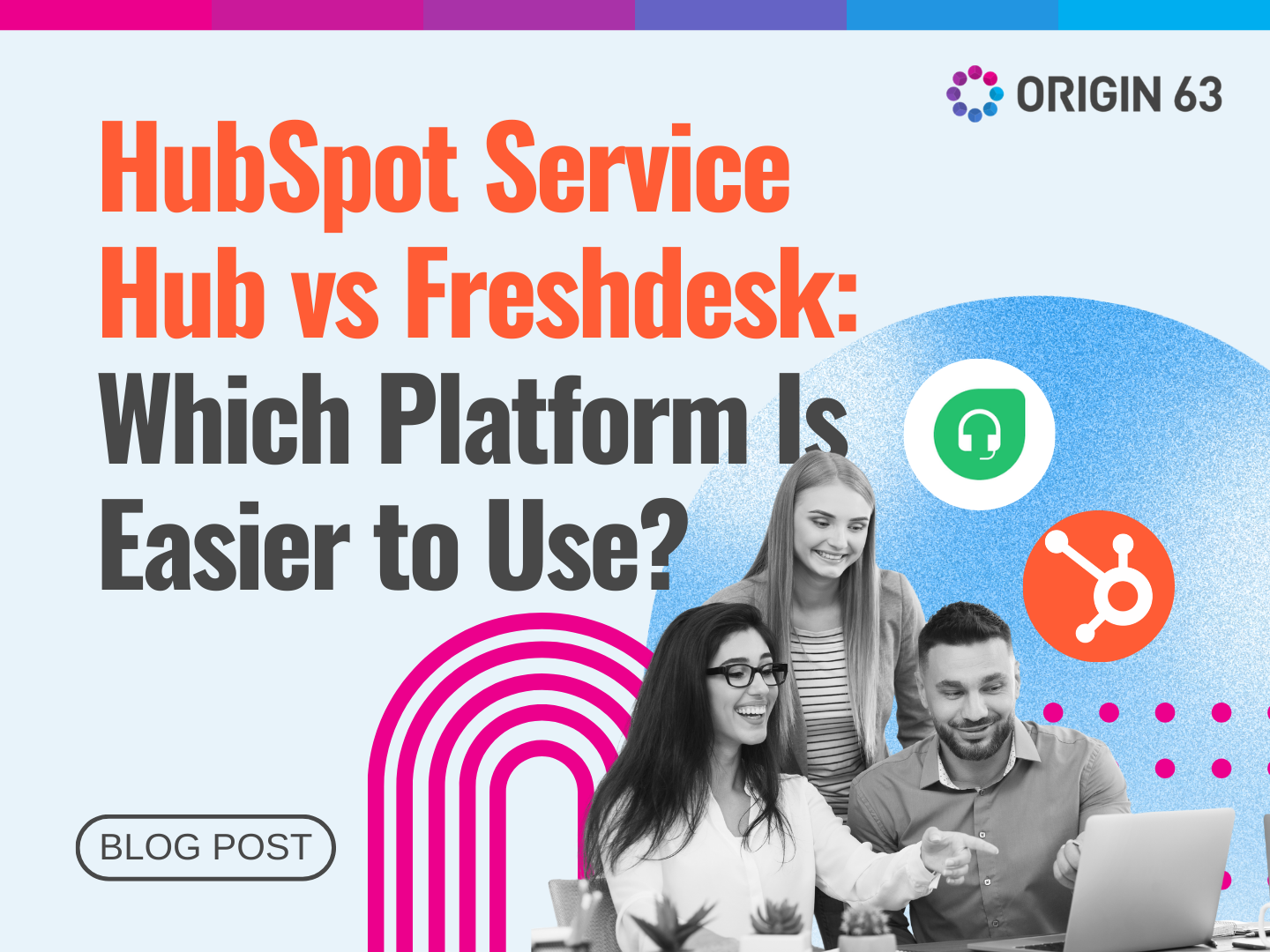Many marketers waste time and budget chasing the wrong leads. It’s hard to tell who is a good fit, and manual targeting often misses the mark.
Lookalike audiences offer a better way. In HubSpot, you can use AI to find people who share traits with your best customers. This helps you focus on the right leads, whether you're running ads, prospecting, or sending emails.
In this blog, we’ll explain how lookalike audiences work, what you need to start, and how to use them to improve your results.
What Are Lookalike Audiences in HubSpot?

Lookalike audiences in HubSpot are contact lists made by AI. They help you find people in your CRM who are similar to your best customers. HubSpot looks at things like page visits, email opens, job titles, and company info to find patterns in how your top contacts behave.
Then, it builds a new list of people who share those same traits. You can use this list to send better emails, find new leads, or run ads. This makes your work easier and more focused.
Targeted ads like these saw a 17% better click rate compared to generic ads in 2024. Lookalike audiences help you reach the people who are most likely to care about what you offer.
What You Need Before You Start
To build a strong lookalike audience in HubSpot, you need to give the system a good starting point. The quality of your original list and your goals will shape how useful the results are. Here’s what to prepare before you begin:
1. A Strong Original List
Start with a list of people who already bring value to your business. This could be recent customers, top leads, or loyal users. The more reliable your seed list is, the better the lookalike results will be. It tells HubSpot what kind of people you want more of.
2. Clean and Complete Data
Make sure your contact records are filled out with useful details. This includes names, emails, company info, and activities like page visits or email opens. HubSpot uses these traits to find matches. If your data is messy or missing, the AI won’t know what to look for.
3. Clear Goals
Decide what you want your lookalike list to do. Are you planning to run ads? Reach out to new leads? Are you trying to improve how you group your emails? Your goal will guide how you use the list later.
Keep in mind, 68% of B2B companies now use automated lead nurturing to make their sales process more efficient, so starting with a clear plan gives you an advantage.
How to Create Lookalike Audiences in HubSpot

Once your data is ready and your goals are clear, you can start building your lookalike audience in HubSpot. The process is simple, and HubSpot’s AI will do most of the work.
Here’s how to set it up:
Step 1: Go to the Lists Tool
To start, log into your HubSpot account and go to CRM > Lists. This is where you manage all your contact lists. In the top right corner, click Create list.
This step may seem simple, but you should know what kind of list you're building and where it fits in your workflow. If you already use HubSpot lists for email campaigns or lifecycle stages, this is the same place.
Before you begin, it’s helpful to have your seed list (the list you want to base the lookalike on) ready and named clearly so you can find it quickly in the next step.
Step 2: Choose Lookalikes
After clicking Create list, HubSpot will ask what type of list you want to build. Select Lookalikes, then click Next.
This tells HubSpot to use AI to study one of your existing lists and find other people in your CRM who share similar traits. This is useful when you want to reach contacts who behave like your best leads or customers.
Here’s what HubSpot will analyze from your seed list:
- Contact traits: like lifecycle stage, number of notes, or email opens
- Company info: such as industry, revenue, and number of contacts
- Engagement data: including page views, form submissions, and events attended
If your seed list includes people who visited your pricing page and booked a demo, HubSpot will find others who did similar things, so you can focus outreach where it matters.
Before moving on, ensure the contacts in your seed list have complete data. This helps the AI make stronger matches and gives you a better-quality lookalike list.
Step 3: Pick Your Seed List

Now it’s time to choose your seed list. This is the original list that HubSpot will study to find similar contacts. Your seed list should include contacts who are already performing well. Think about:
- Customers who made repeat purchases
- Leads who booked calls or requested demos
- Users who engage often with your emails or website
The better your seed list, the better your lookalike list will be. You want to give HubSpot a clear picture of who your best-fit contacts are.
For example, if you want to grow your list of high-value leads, don’t use a general email list. Use a list that includes leads who converted recently or moved through your funnel quickly.
Also, check that your seed list has rich data. HubSpot uses many traits like lifecycle stage, engagement history, company size, and form submissions to find patterns. The more info your contacts have, the more accurate your lookalike list will be.
Step 4: Set the Target Size
Once your seed list is selected, you’ll be asked to choose how narrow or broad you want your lookalike list to be. This tells HubSpot how closely the new contacts should match the original list.
Here’s what each option means:
- Specific: A smaller list with contacts who are very similar to your seed list. Best for targeted email campaigns or high-ticket sales outreach
- Balanced: A medium-sized list with a mix of close matches and broader contacts. Good for general lead generation or cold outreach
- Broad: A larger list with more varied contacts. Useful for awareness campaigns or when you want to explore new segments
Start with a balanced or specific list if your goal is to get conversions, not just views. Companies that excel at lead nurturing generate 50% more sales-ready leads at a 33% lower cost. Focusing on better-fit contacts often leads to stronger results.
Step 5: Exclude Certain Lists

After choosing your seed list and setting the size, you’ll have the option to remove contacts you don’t want in the final lookalike list. This helps keep your list clean and useful.
For example, you might want to exclude:
- Current customers, if you’re running a campaign for new leads
- Employees who may be in your CRM for internal reasons
- Old or unqualified leads who didn’t engage in past efforts
In the “Do not include contacts from these lists” dropdown, simply select the lists you want to leave out. This step helps make sure your final list only includes the people you want to reach.
Step 6: Include or Skip Seed Contacts
Next, decide if you want to include the contacts from your seed list in the new lookalike list. If your campaign is meant to reach both current and similar contacts, it can make sense to include them.
But if your goal is to find only new people who match the seed group, leave this box unchecked. This keeps the lookalike list focused on fresh contacts who haven’t been part of earlier campaigns.
Choosing the right option depends on your goal. If you're running a retargeting ad, you might include them. If you're doing outreach to new leads, it's better to leave them out.
Step 7: Create Your List
Once everything is set, click "Create Lookalike." HubSpot will now scan your seed list and build a new list of contacts based on shared traits and behaviors. This process usually takes 5 to 15 minutes, depending on the size of your CRM.
When your lookalike list is ready, you’ll see a Similarity score for each contact. This indicates how closely each person aligns with the contacts in your seed list. You’ll also see an average similarity score at the top of the list, which gives you a sense of the overall quality.
The list is static, which means it won’t update automatically. If your seed list changes later, you’ll need to create a new lookalike list to reflect those updates. You can rename the list, remove any contacts, or use it right away in your email campaigns, ads, or outreach.
This step completes the setup. You now have a high-potential list of contacts who are more likely to engage with your business.
Best Ways to Use Lookalike Audiences

Once your lookalike list is ready, you can start using it to get better results across your campaigns. These contacts already share traits with your best customers, so they’re more likely to respond. Here are three powerful ways to use them:
1. Smarter Ad Targeting
Use your lookalike list to run more focused ads. Instead of reaching a broad group of people, you can show your ads to contacts who are more likely to care about your product or service. This helps increase clicks and lower wasted ad spend.
2. Better Prospecting
If your sales team is doing outreach, your lookalike list can help them find leads with strong potential. These contacts often work at similar companies, have the same job roles, or show the same behaviors as your top leads.
This gives your team a clear place to start, so they don’t have to guess who might be a good fit.
3. Sharper Email Segmentation
Use lookalike lists to create email campaigns that feel more personal. Since the contacts already act like your best users, you can write messages that speak directly to their interests or needs. This makes your emails more relevant and more likely to get opened and clicked.
Find Better Leads Faster with Lookalike Audiences
Lookalike audiences in HubSpot help you stop guessing and start targeting the right people. Using your best contacts as a guide can help you build smart lists for ads, sales outreach, and email campaigns that get better results.
Instead of spending time filtering through lists or testing cold audiences, you can let HubSpot’s AI point you toward people who already share traits with your top leads. This gives you a head start and helps your team focus on the contacts most likely to engage.
To get the most out of lookalike audiences, make sure your CRM data is clean and your seed list is based on quality, not just quantity. The better the input, the better the results. Set clear goals, test your campaigns, and check what’s working so you can keep improving.
Origin 63 Can Help You Make HubSpot Work Smarter
Origin 63 helps teams set up HubSpot the right way. From building better lists to running high-impact campaigns, we’ll help you use the tools in the smartest way possible.
Let’s build a system that helps you find the right leads faster.














.png?width=90&height=90&name=Arrows%20Partner%20Badge-test%20(1).png)

